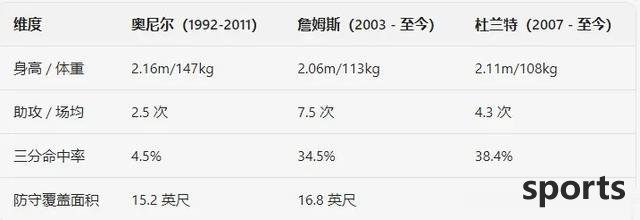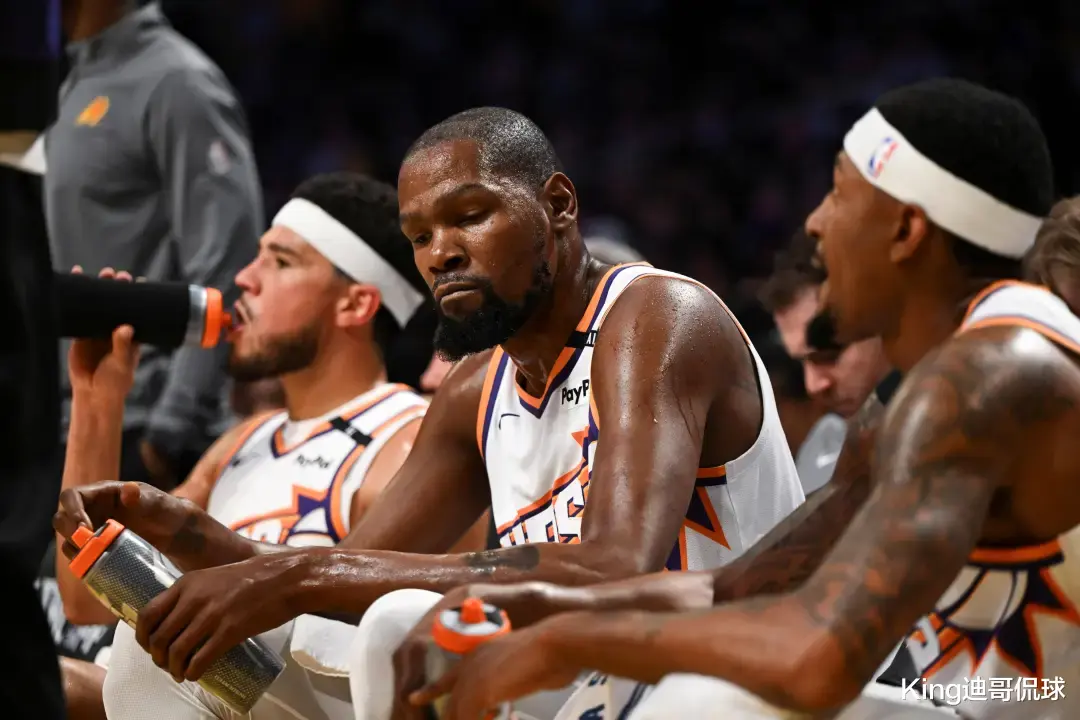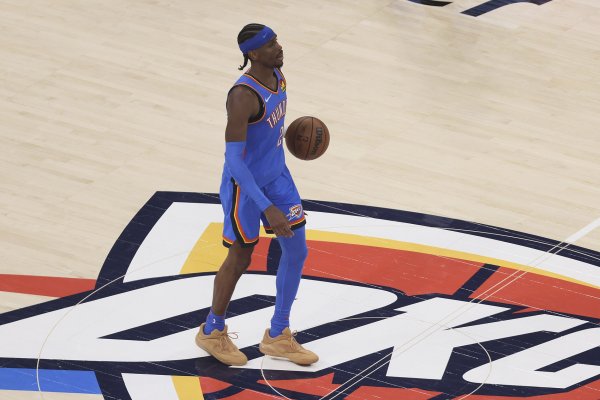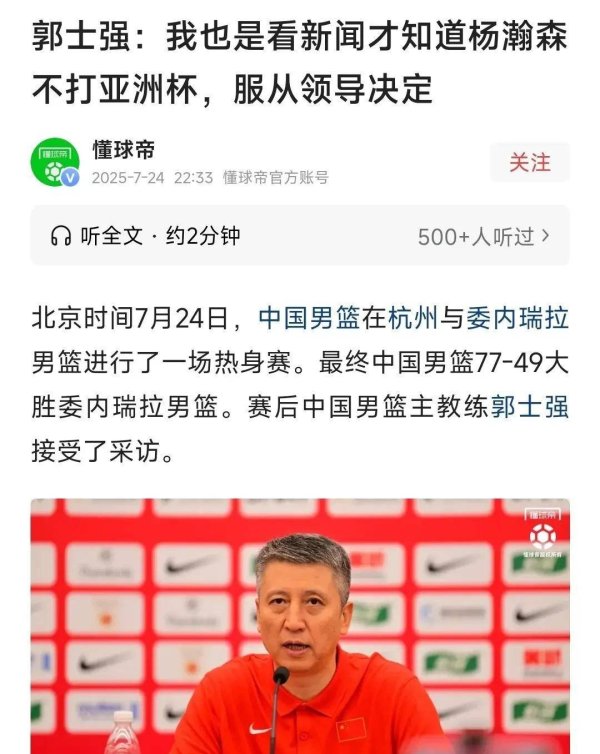HOME > Basketball
The battle for the strongest talent in NBA history
2:19am, 8 June 2025【Basketball】
In the basketball gene library, Shaquille O 'Neal's physical condition is the most shocking DNA sample - 2.16 meters tall, 147 kg weight, 122 cm arm span, and is paired with a jump in place that is enough to kiss the basket (vertical bounce of 91 cm). But the judgment of "the strongest talent" never ends in the physical dimension. It is a comprehensive narrative of body hardware, technical understanding, and adaptability to the times. This article will analyze O'Neill's talent code and historical positioning from three levels: "physical limits", "technical possibilities" and "time coordinate system".

1. The subversive of the law of the body: Redefining the body threshold of human basketball
Static talent: "Anti-human specimen" on the basketball court
- Giants' agility: O'Neal's physical test data shows that his 3/4 sprint speed (3.28 seconds) is 15% faster than that of the same height player, close to the average level of the defender (3.0 seconds). In the 1993 Slam Dunk Competition, he showed a coordination that was inconsistent with his body shape by "changing hand dunks under the crotch".
- dimensionality reduction strike of strength: Bench press data reaches 190 kg (the first center in NBA history), Robinson, a single game dunk of "Admiral" in the 2000 Finals, had three times, and the pressure generated when he played back (average 89 kg/square centimeter) was equivalent to 1/3 of the adult elephant's pedaling force.
Dynamic dominance: "Living Rules" that rewrites offensive and defensive logic
- Offensive end: Average 27.2 points and 12.5 rebounds per game in the first 10 years of his career, shooting percentage 57.4%, and scoring at the basket 78% (Hyundai center is only 52%). In the 2000 MVP season, he averaged 29.7 points per game with a "simplified version of the technology" of "three-step layup + turn hook", proving that the top body can surpass the technical complexity.
- Defensive end: Average of 2.3 blocks in his career. In the 2001 Finals, Iverson's breakthrough shooting percentage was only 38.9% (42.0% in the regular season). The natural barrier formed by his "standing 3.81 meters high" reduced the number of opponents' shots under the basket by 22%.
Legendary evaluation:
"O'Neal made me realize that basketball is sometimes unfair - his existence is a loophole in the rules." - Hakim Olajuwon (Historical Block King)
2. The double-edged sword of talent: the technical ceiling and the limitations of the times
The success paradox of "anti-technicalization"
-Technical singleness: career free throw shooting percentage 52.7% (the countdown of the center in history), only 22 three-point shots (one goal hit), relying on "body crushing" to lead to the concentration of offensive methods within 3 meters of the basket (82%). Compared with Jabbar (Tian Gou hit 55.9%) and Jokic (35.3% of career three-pointers), the depth of his technology development is obviously insufficient.
- Tactical adaptability bottleneck: In the era of "space basketball", O'Neal's "squat pit defense" and "inside congestion" characteristics may have been targeted (such as the Warriors defeated traditional centers with "five smalls" in 2016), but in the "muscle jungle" of the 1990s, this was the soil for his dominance. Dimensional differences between
and modern talent

Key differences:
- O'Neal's talent is "one-dimensional extreme" (inside domination), James and Durant are "multi-dimensional balance" (scoring + organization + defense);
- Modern basketball emphasizes "position blurring". If O'Neal is in the present, he needs to develop three-point or switch defense capabilities, and his talent's "time adaptability" is questionable.
3. Cross-era comparison: Selection of coordinate system for talent evaluation
Three definition paradigms of "talent"
1. Hardware school: physical conditions, namely talent ontology
- Support case: O'Neal's shoulder width (79 cm) and palm length (29 cm) are both the first in the center in history, and his "hardware parameters" are far superior to Chamberlain (2.16m/125kg) and Kareem (2.18m/102kg). From the perspective of "physical evolution", he is the "pivot of hardware" in basketball history.
- Data support: 4250 career dunks (first in history), 1500 more than second place Howard, which is equivalent to an average of 3 dunks per 2 games.
2. Relief: Talent = Potential × Relief
- Counter-example refutation: Greg Oden (2007 No. 1 pick) has the body template of "O'Neal + Duncan" (2.13m/116kg, physical test data crushed Durant of the same year), but only realized 30% of its potential due to injury; O'Neal's career was eight times in 19 years, and the fulfillment rate reached more than 80%, which is a model of "talent monetization".
3. Times: The value of talent is determined by the environment
- 1990s context: When O'Neal faces the "Four Centers" (Olajuwon, Robinson, Ewing, and Malone), his physical talent is the "key to break the deadlock";
- 2020s context: Embiid (averages 30.6 points + 34.8% of three-pointers) and Jokic (averages 24.5 points, 11.8 rebounds and 9.8 assists per game) are more in line with modern needs, and O'Neal's talent may be regarded as "outdated hardware".
4. Ultimate thinking: Where is the boundary of the strongest talent?
The dialectical relationship between talent and effort
- O'Neal's success is not just based on his body: his "shark dance steps" (spinning the back and hook) requires 1,000 basket footwork training per week; when the Heat won the championship in 2006, he lost 13 kilograms to improve his movement speed, proving that "talent needs to be cultivated after all."
- Comparative case: Kobe Bryant (13th pick in the draft) transforms physical talent (bounced 97 cm, first in history) into technical dominance through the "666 training method", indicating that "talent is the starting point, not the end point".
The hidden dimension of talent: psychology and ball quotient
- O'Neal's career playoff error rate is 18.7% (higher than Olajuwon's 13.2%), and his mentality is often affected by being chopped in key battles; while Jordan (50.3% shooting at critical moments) and James (50% winning rate in the finals) are better in psychological resilience, proving that "talent includes mental strength."
Conclusion: The epic of talent, written in the brackets of the times,
If "single-dimensional body crushing" is the culmination of talent in basketball history - he made the basket a "breakable product" and let the defender a "background board", redefining "what can humans do in the penalty area". But if we take "the diversity of talents", "the adaptability of the times" and "the evolutionary potential of technology" as the ruler, the talent maps of Jordan (in one offense and defense), James (all-round rule), and Durant (height + projection) are more modern inspirational.
The true meaning of O'Neal lies in using the "non-human" physical limits to prove the most primitive violent aesthetics of basketball. He is the totem of "physical confrontation" in the 1990s and a mirror of the "technology first" of modern basketball - without his "unconventional existence", we may not be able to understand the direction of basketball evolution.
As for the answer to "the strongest talent", perhaps hidden in O'Neal's laughter: when he shrugged his shoulders and spread his hands after slamming the rebound, and when he used the "shark step" to play with his opponent in the finals, basketball at that moment had already surpassed the comparison of talent and became an eternal tribute to the limits of mankind.
Related Posts
- As expected! Reporters posted netizen prediction votes: 60% successfully predicted that James would not announce his retirement.
- A star who may retire in the NBA in the past five years. Time always says goodbye
- +1! The fourth player this summer goes abroad and joins the overseas league and is expected to become the next Yang Hansen
- Adebayo s girlfriend is too strong: He won 6 consecutive victories with 30+16, breaking the record and becoming the first person in WNBA history
- The Chinese men s basketball team will see a blowout talent in the next Olympics, and Yao Ming s dividends will gradually be reflected!
- NBA Rockets News: Renewal with Tate
- Wiggins takes a family on vacation and earns 250 million yuan. The Lakers want to trade him, and his wife has a good figure
- Heroes cherish each other! Pierce praised Kobe as the second Jordan, saying that defending him is very stressful
- NBA Playoffs: Unexpected 3-1, Kaiyong is in trouble, Nuggets Thunder King Mountain
- Chasing dreams and mocking Dillon was criticized by American netizens! James was caught in a gunfire!
Hot Posts
- As expected! Reporters posted netizen prediction votes: 60% successfully predicted that James would not announce his retirement.
- A star who may retire in the NBA in the past five years. Time always says goodbye
- +1! The fourth player this summer goes abroad and joins the overseas league and is expected to become the next Yang Hansen
- Adebayo s girlfriend is too strong: He won 6 consecutive victories with 30+16, breaking the record and becoming the first person in WNBA history
Recommend

Two aces exchange KD! Uduka takes a desperate bet: either win the championship or rebuild collapses

Kyle Kuzma posted an Instagram photo to celebrate his victory over the Warriors: The atmosphere is great, keep going

Triple-double! Westbrook becomes the fourth player with 20+15+10 points in a single game for the Kings since 1985.

Kong Dexin: After surviving the Nuggets, you can feel that the Thunder has become better. This is their year

The Chinese men s basketball team won 28 points, Guo Shiqiang taught Gong Luming a lesson, Li Meng should also arrange it like this

Tug of war! Clippers went ahead with a 13-2 offensive: Leonard scored 17 points, Harden sent 10 assists

The winning rate of the light bulb combination is 78.6% better than the Warriors Dooku! Isn’t Paul Harden afraid of getting old when he reunited to the championship?

2 consecutive wins! The boss was traded, and the second boss is gone! In just half a year, they are on their way to the playoffs